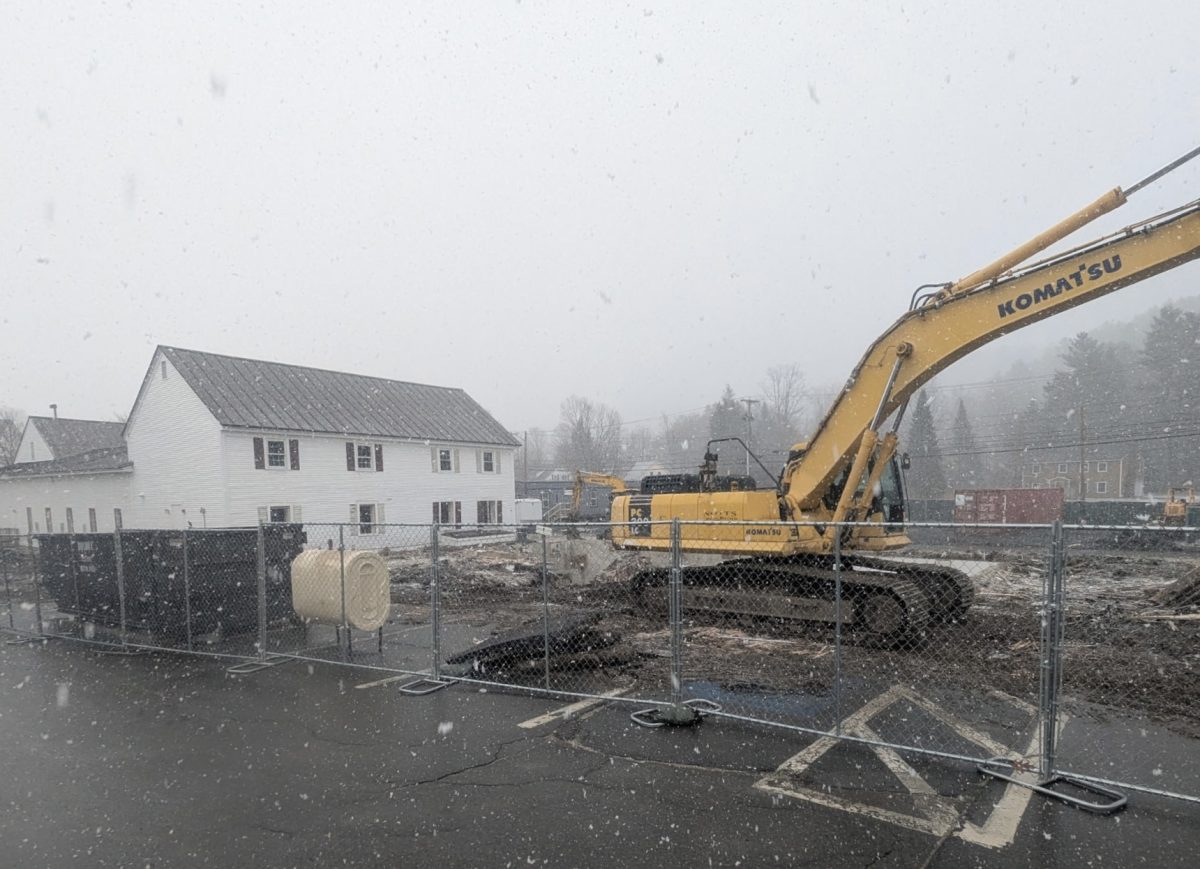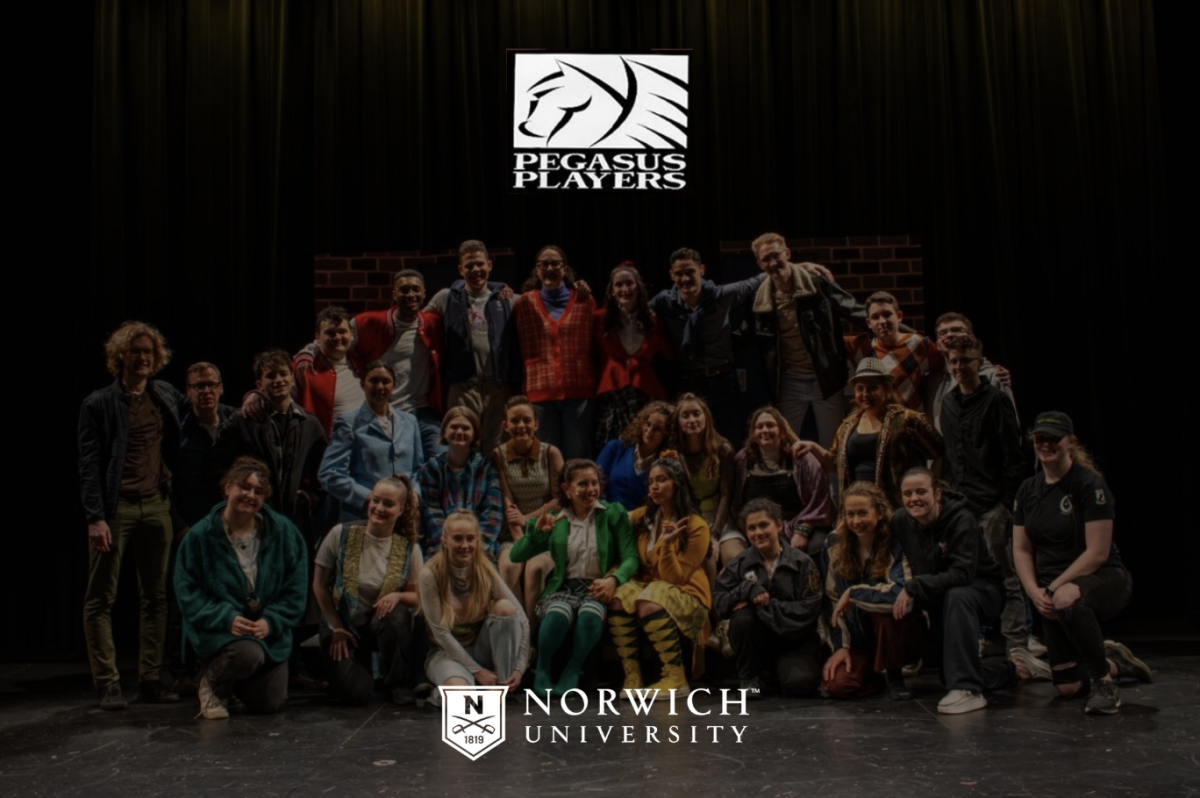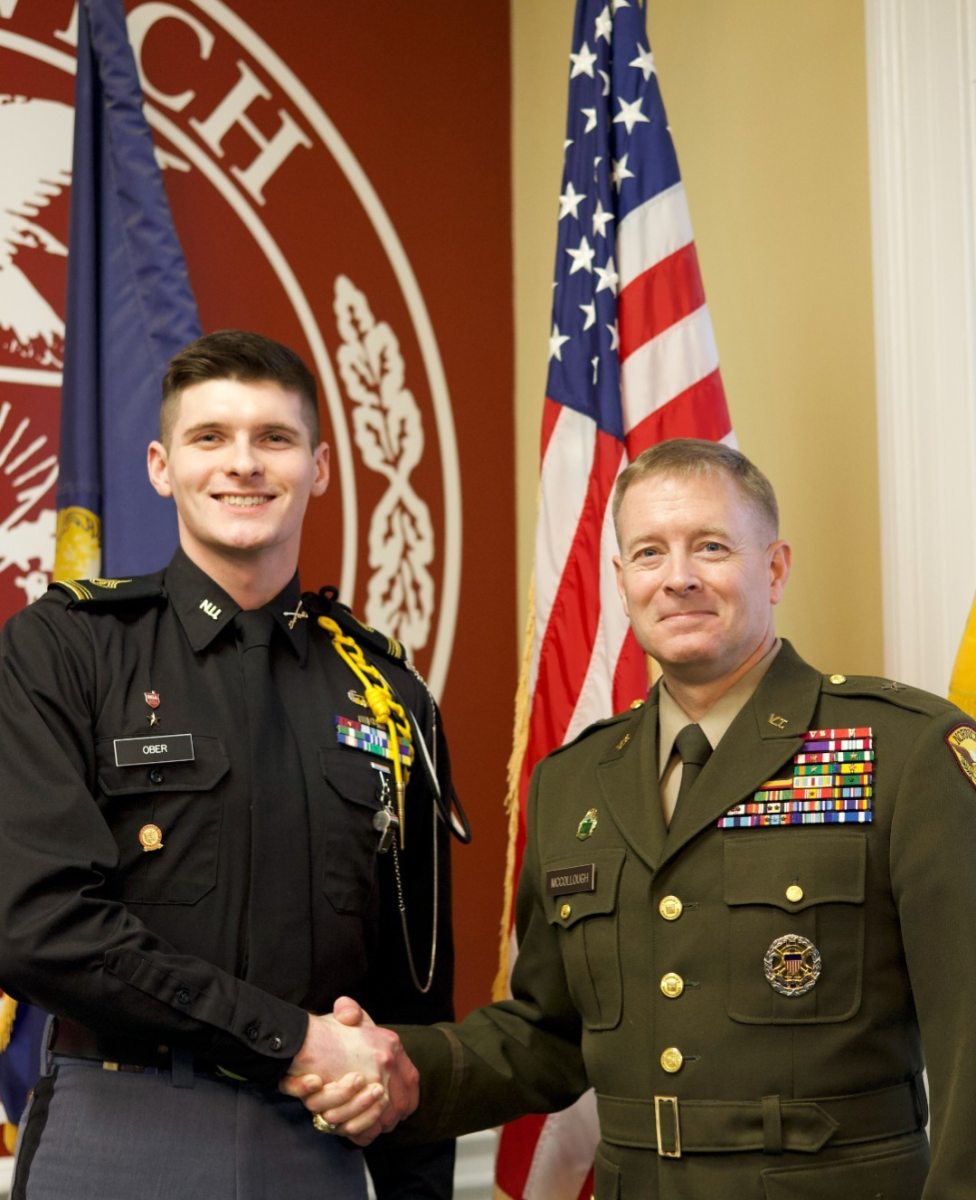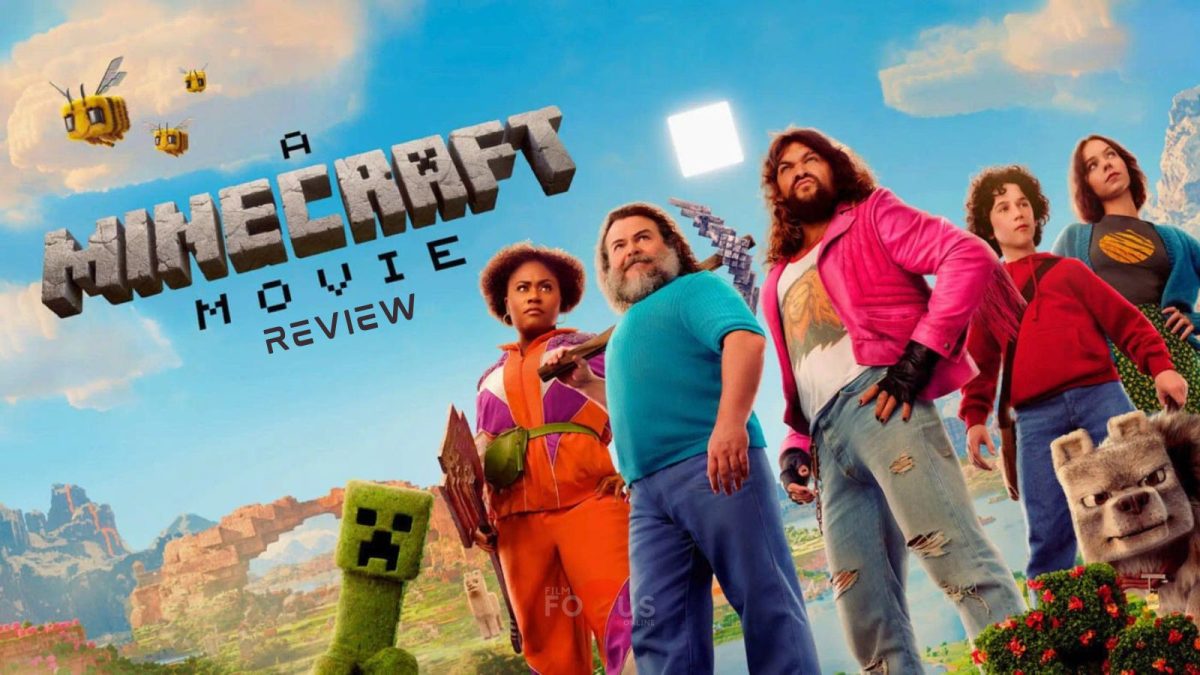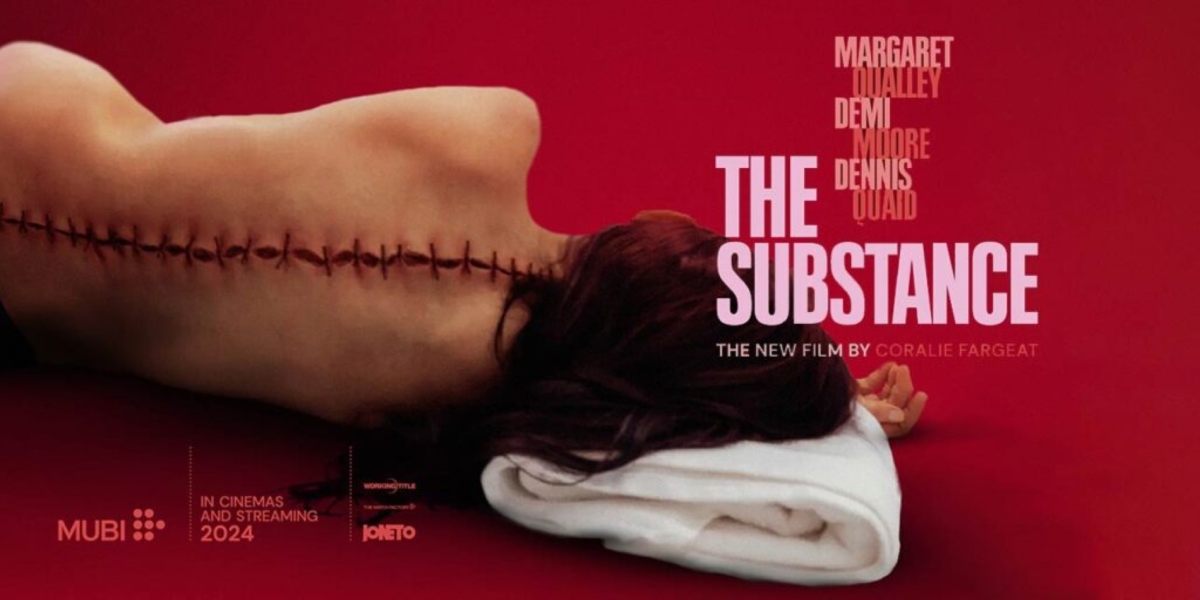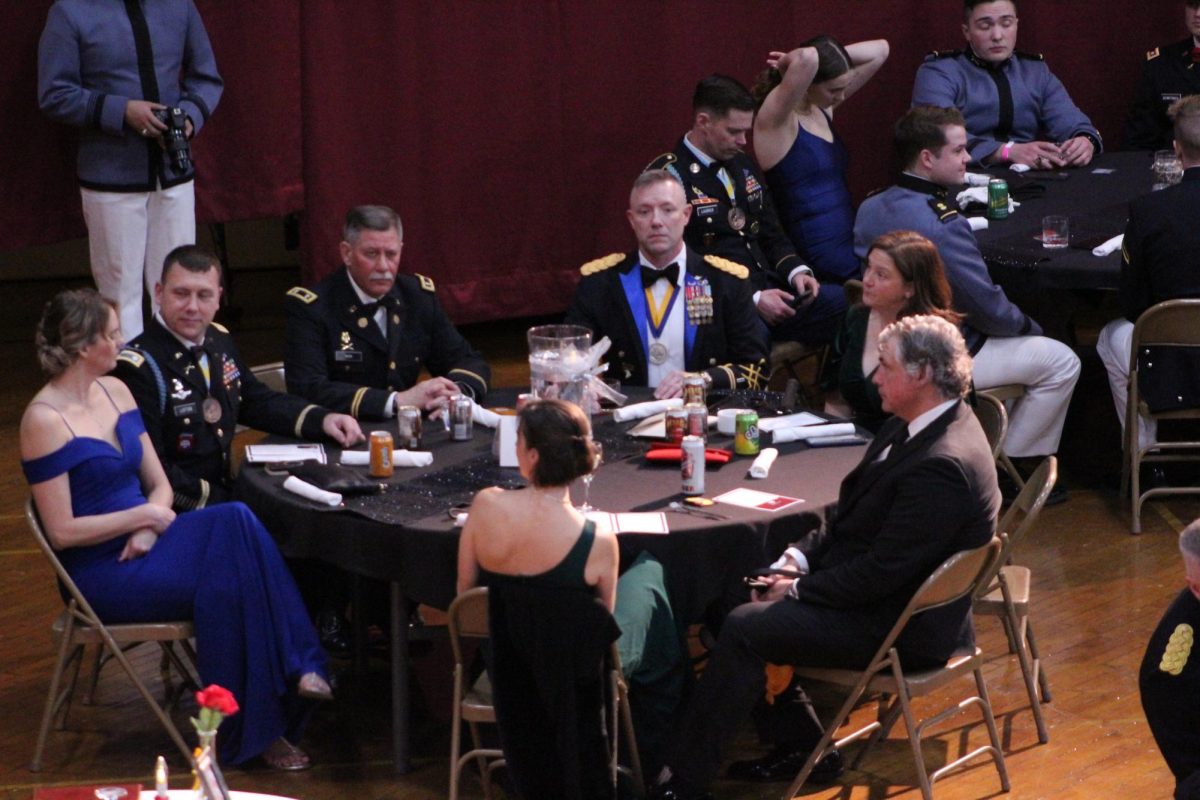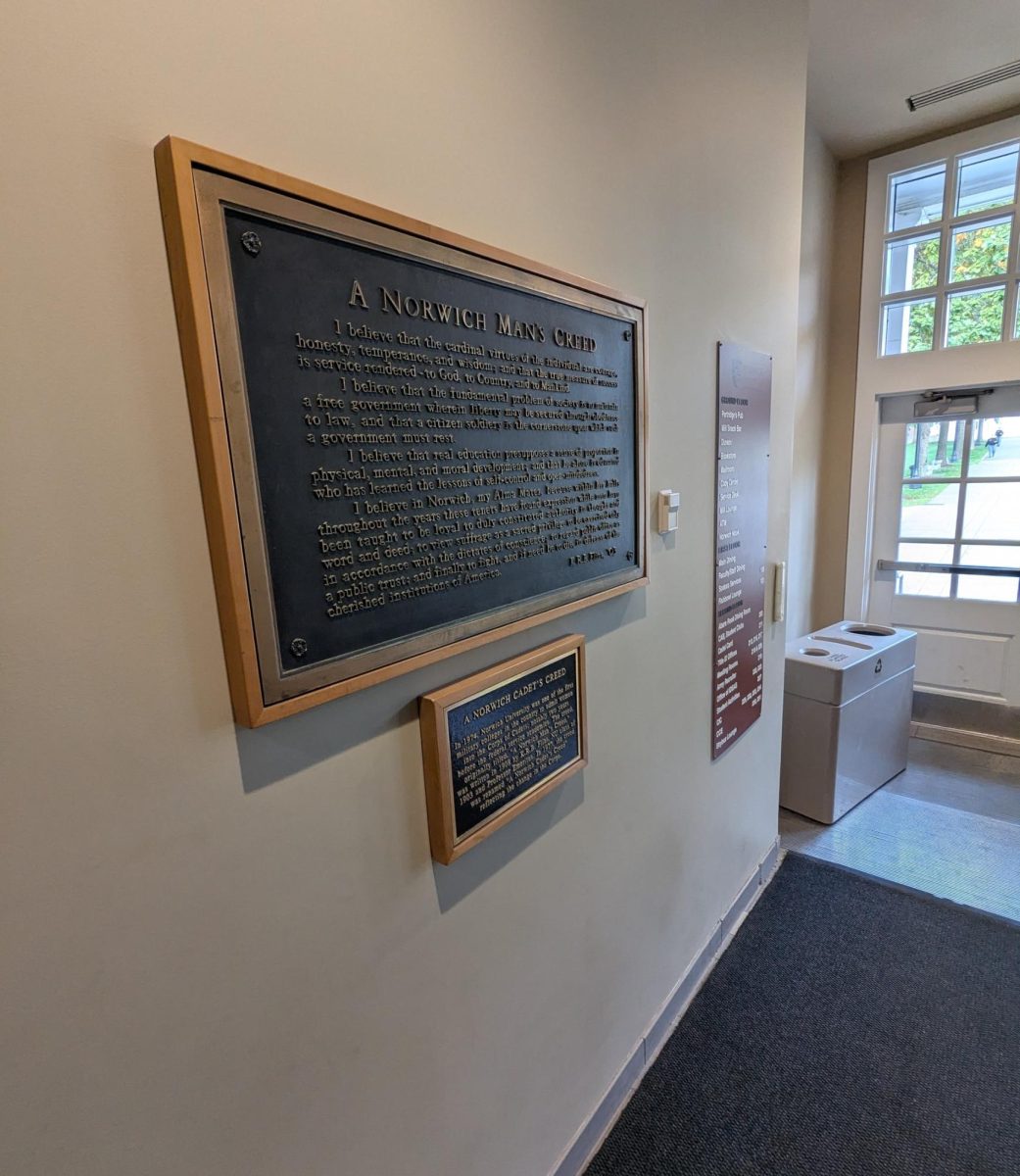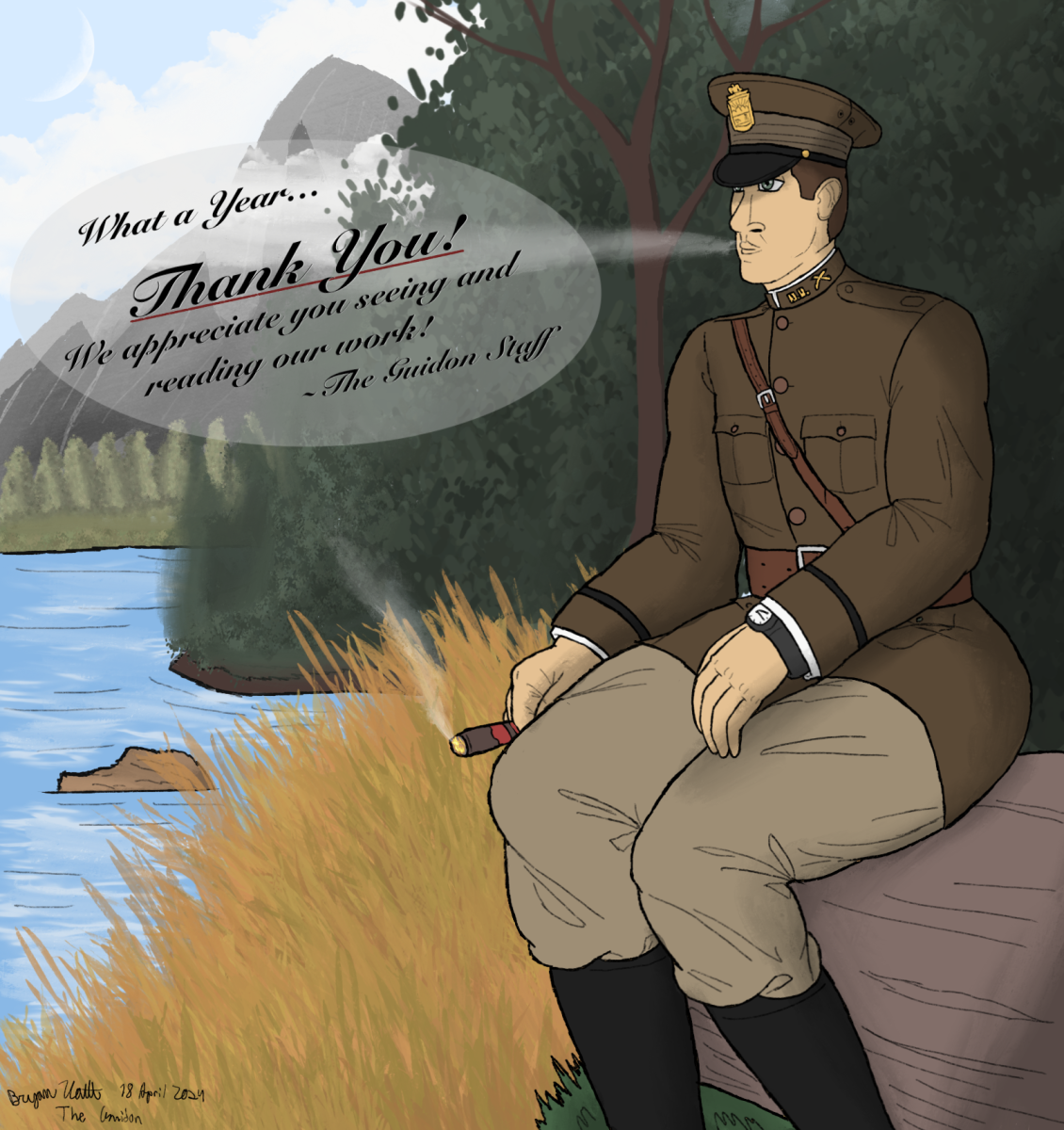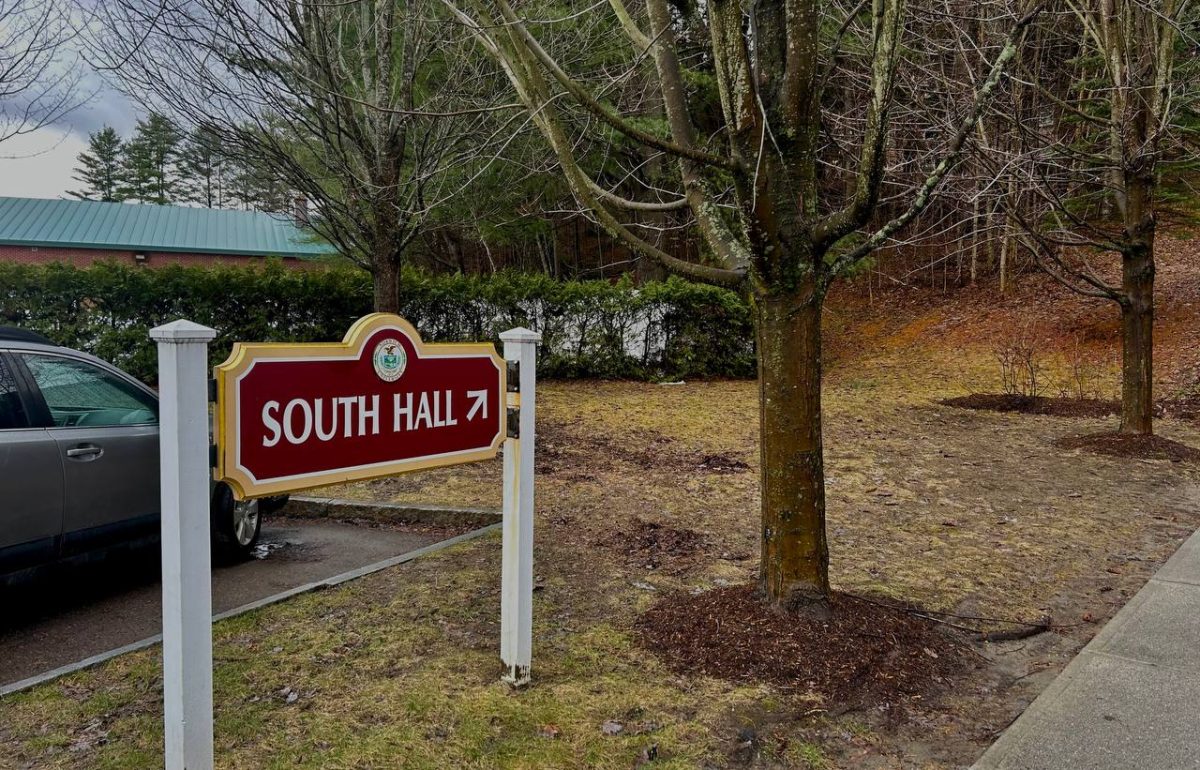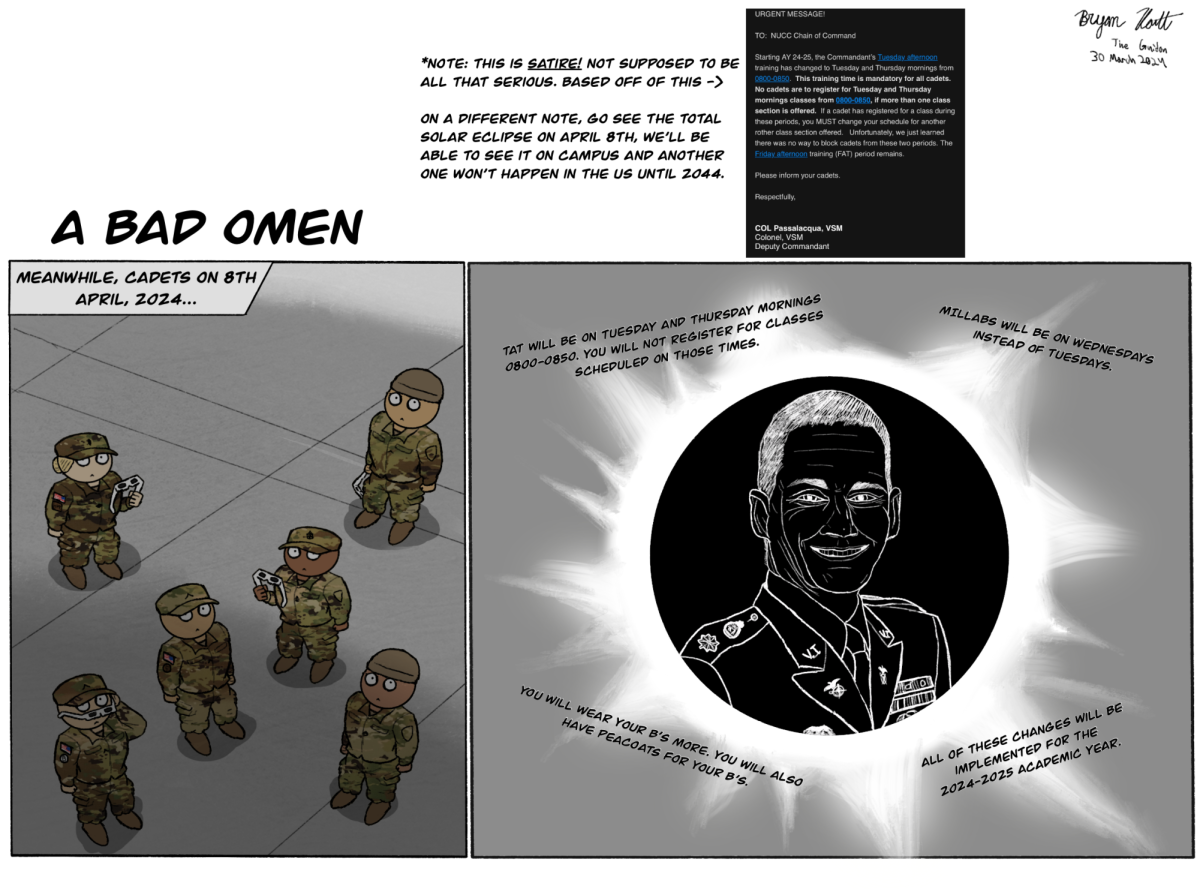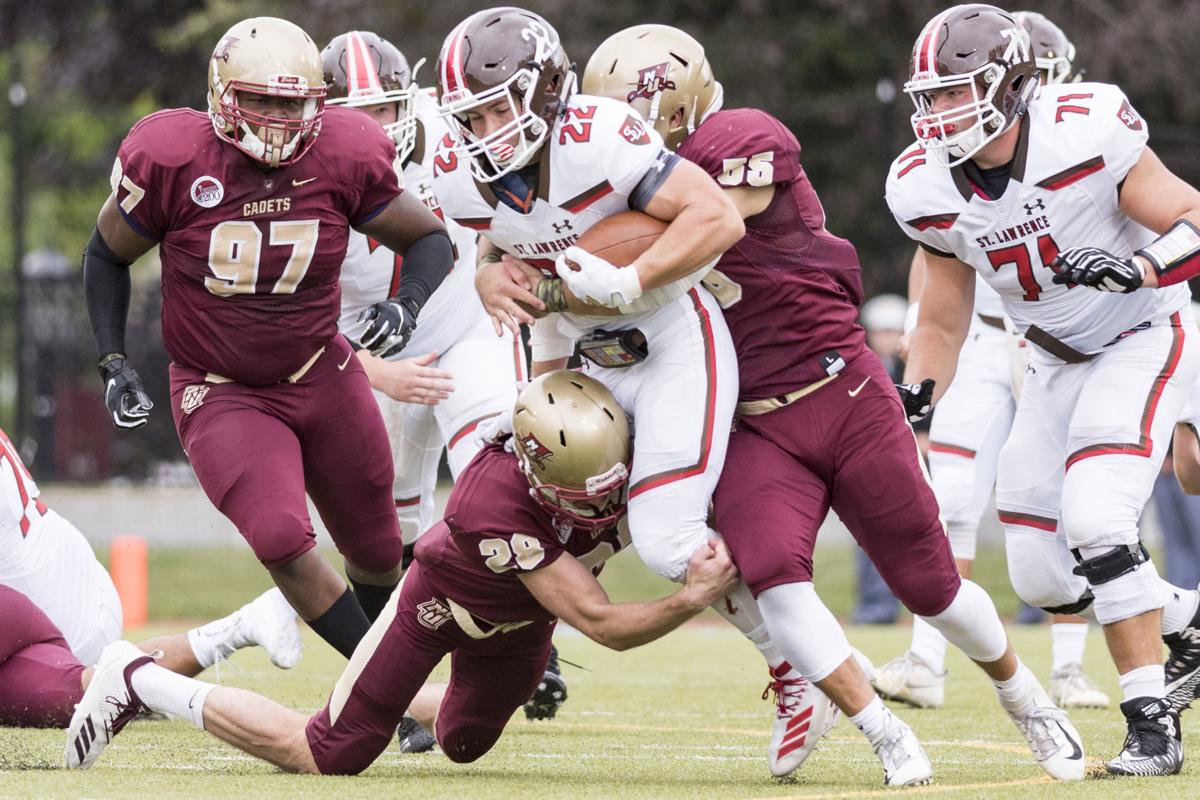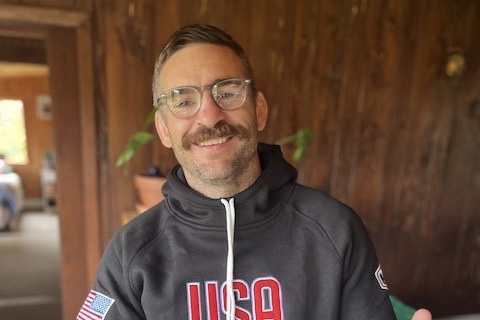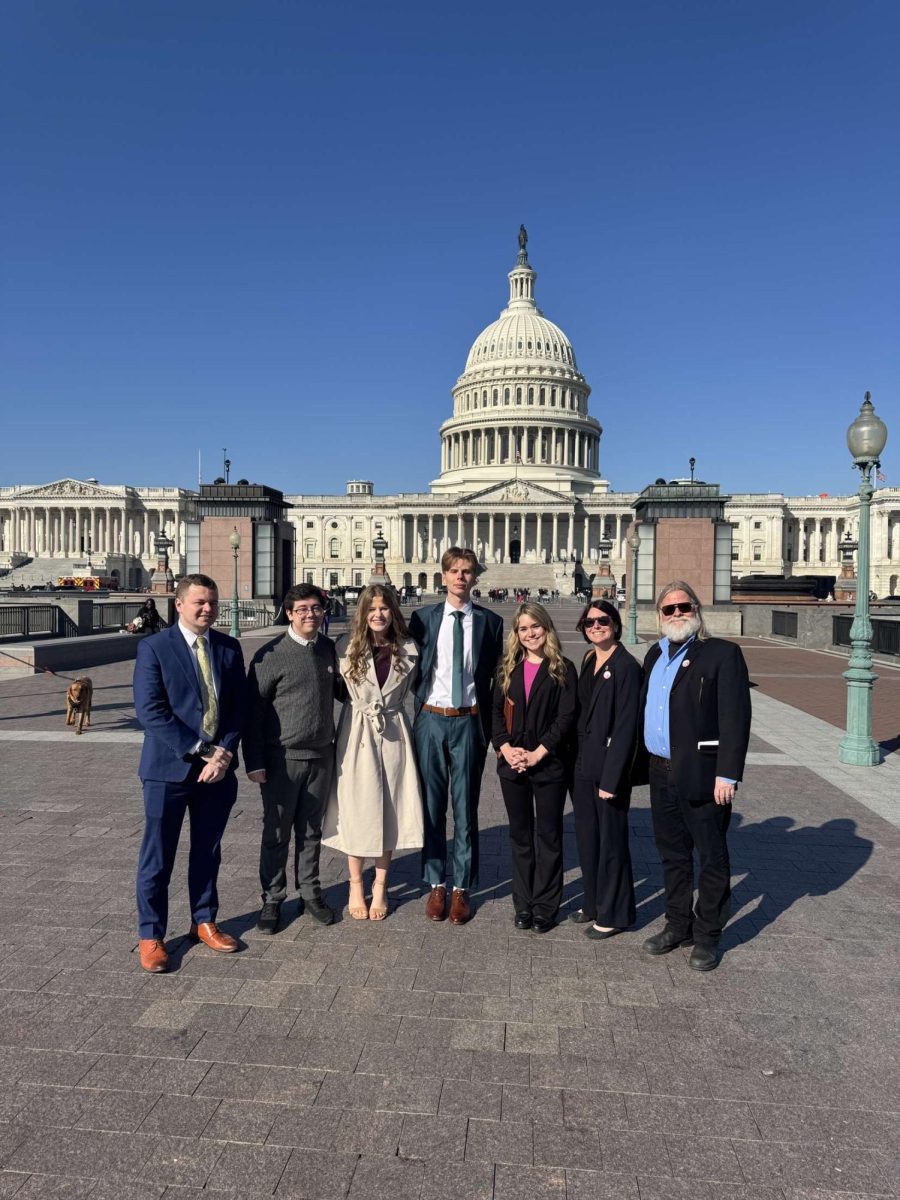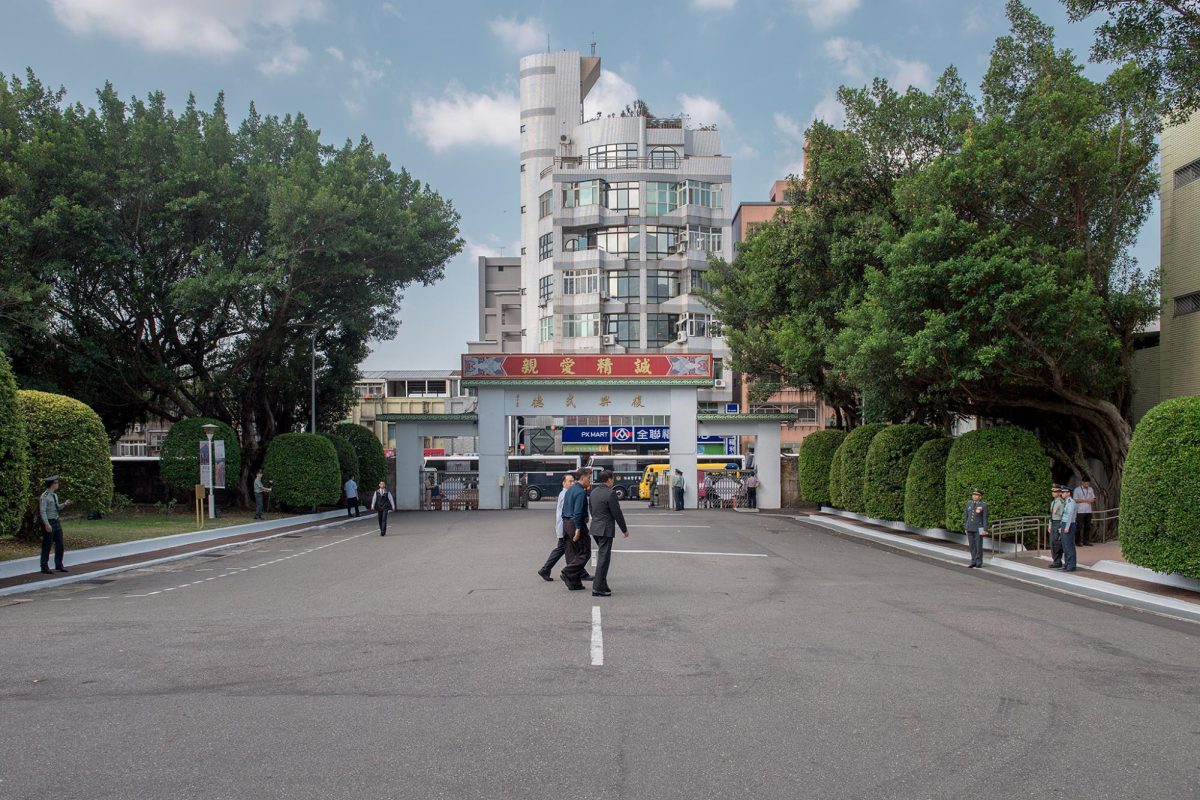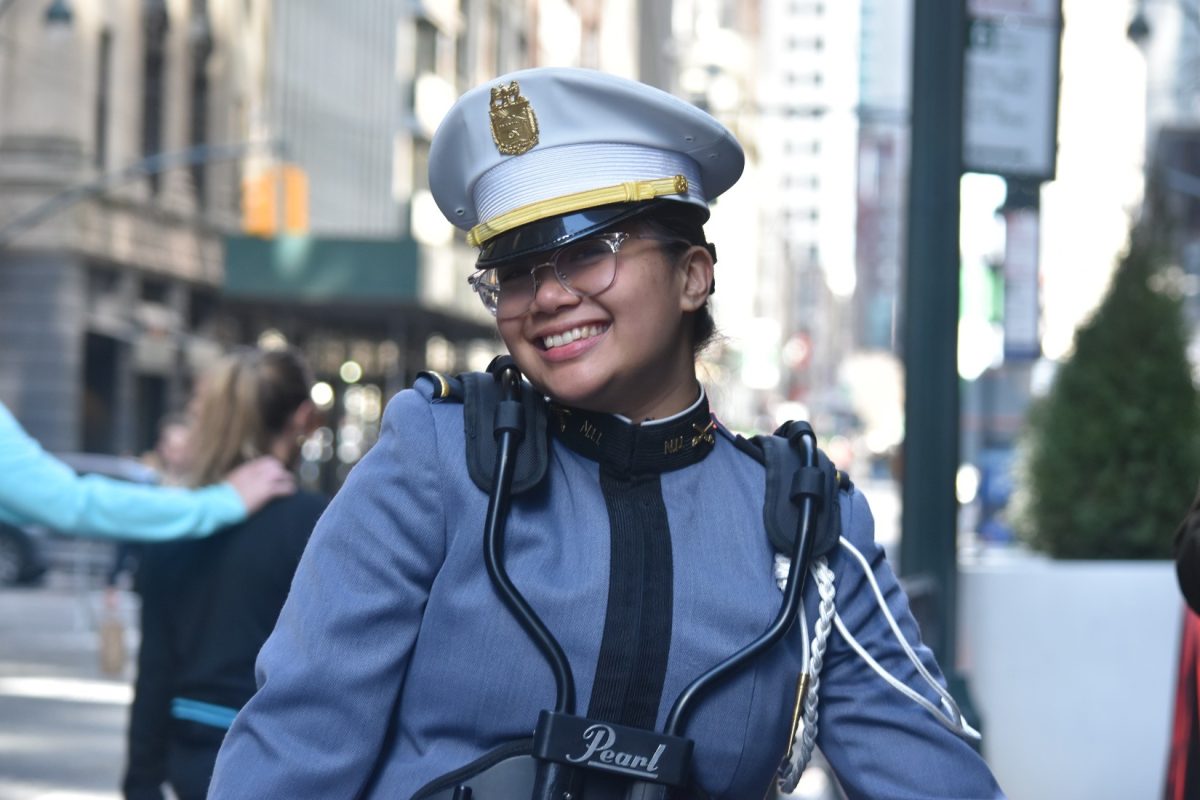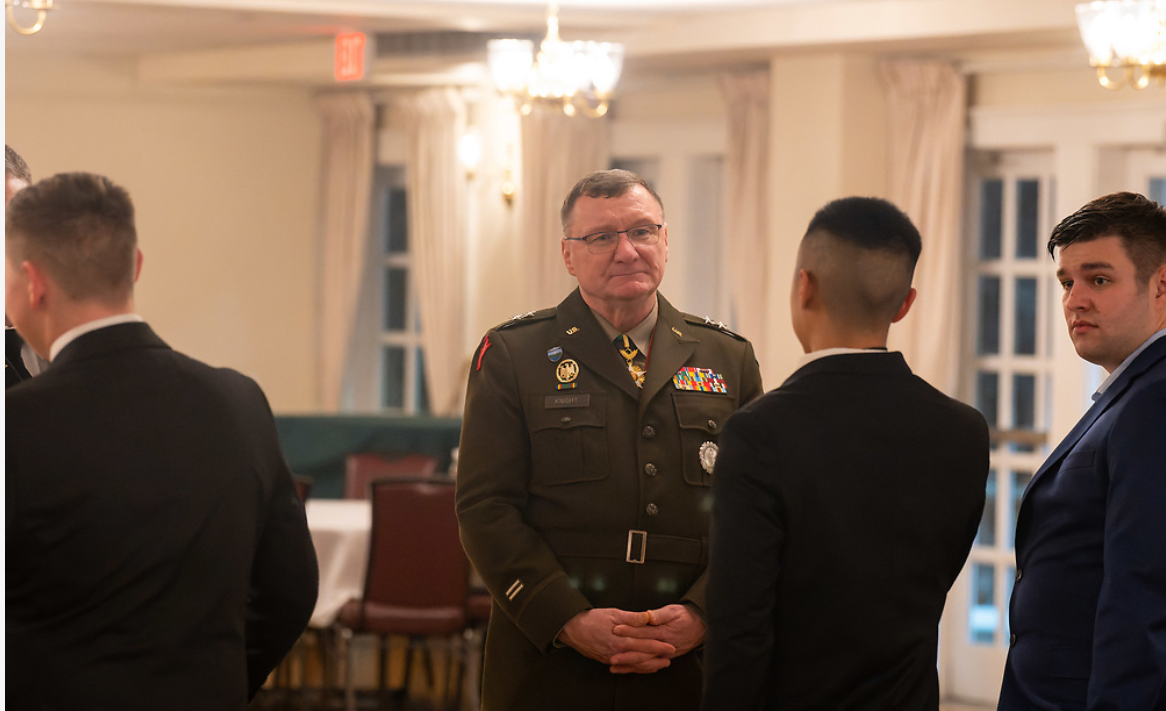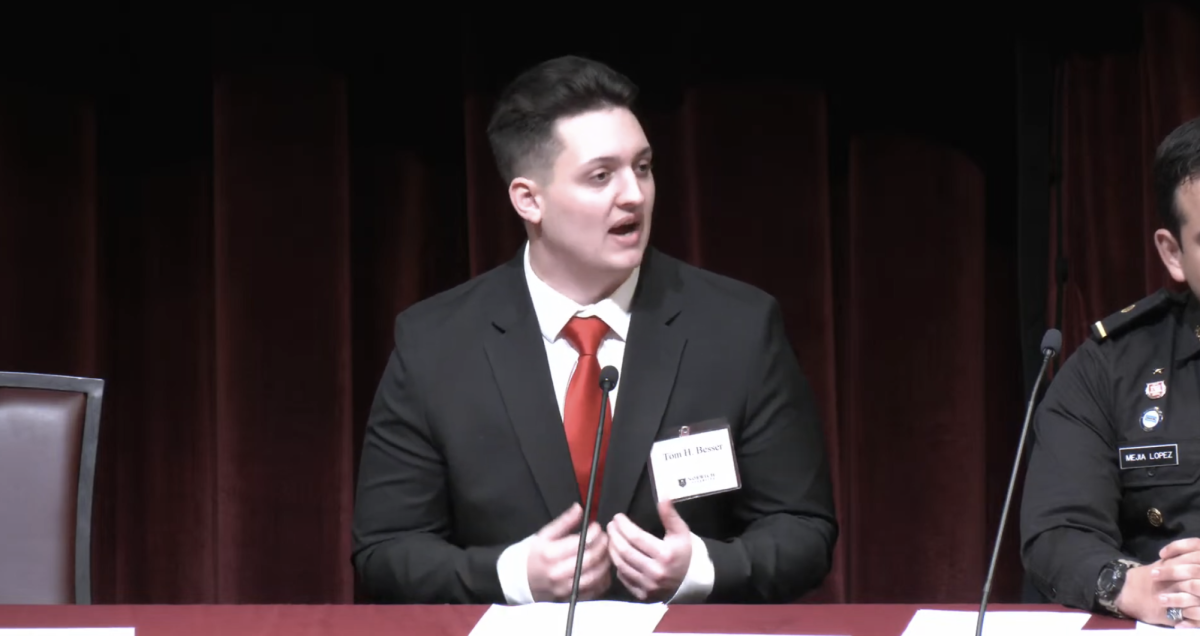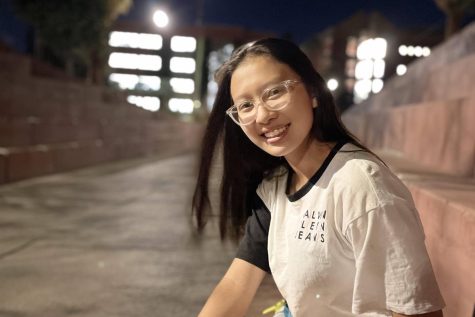Norwich University’s Cyber Development Leadership Program successfully hosted its second Threat Casting Competition over the weekend, captivating the minds of college students eager to explore the future of cybersecurity. The theme for this year’s competition was “The Next Space Race,” challenging participants to envision and devise solutions for potential threats by the year 2035.
The event unfolded over two intense days, encompassing three distinct stages: preliminary background, future casting, and backcasting. In the preliminary background phase, students from diverse disciplines were assembled into teams of eight and given prompts.
“The biggest difficulty was ensuring unbiased environments by providing them with selective sources and, if needed, supplemental sources,” said Franki Alano, 19, sophomore Corps of cadets’26 majoring in CSIA from Texas, when asked about what the preliminary background entailed.
Students took on the role of volunteer futurists, immersing themselves in synthesizing information. They were challenged to adopt the perspective of either friendly (blue team) or adversarial (red teaming) toward a predicted event.
“After an allotted period, we presented a plausible event that could occur ten years into the future as well as smaller events that took place up to it,” said Emma Gizzi-Schmidt, 19, sophomore Civilian majoring in CSIA from New York.
The back-casting round challenged students to propose viable solutions to mitigate the threats concurred during the future casting progress.
“It was challenging in the sense that you were given a short amount of time to research current trends and future developments and tackle different perspectives within your group and to create a scenario that everyone agreed with,” said Patrick Nguyen, 19, Sophomore Corps of Cadets’26 majoring in Electrical and Computer Engineering from Virginia.
“I like to refer to myself as a fly on the wall, to let their creativity take the lead and ensure no bias,” said Alano.
Students were granted the freedom to present their case in any format of their choosing.
“This event is applicable today more than ever because of how rapidly technology is evolving. While Moore’s Law has decelerated, innovation will continue to expand,” said Nguyen, “This method of critical thinking encourages us to discuss developing threats and prepares us to think more proactively about vulnerabilities in physical and cyber security.”
The next step for Alano and the CDLP program involves consolidating all data gathered during the competition into an article for publishment.
This event is historical, as similar events have occurred within government and military agencies, shaping the curriculum for institutions like Army Cyber Institutes.
“However, when published this article will be open to public for anyone to research, said Alano.” The Norwich Threat Casting Competition not only provides a platform for fostering innovative thinking but also contributes to the broader dialogue on cybersecurity.
